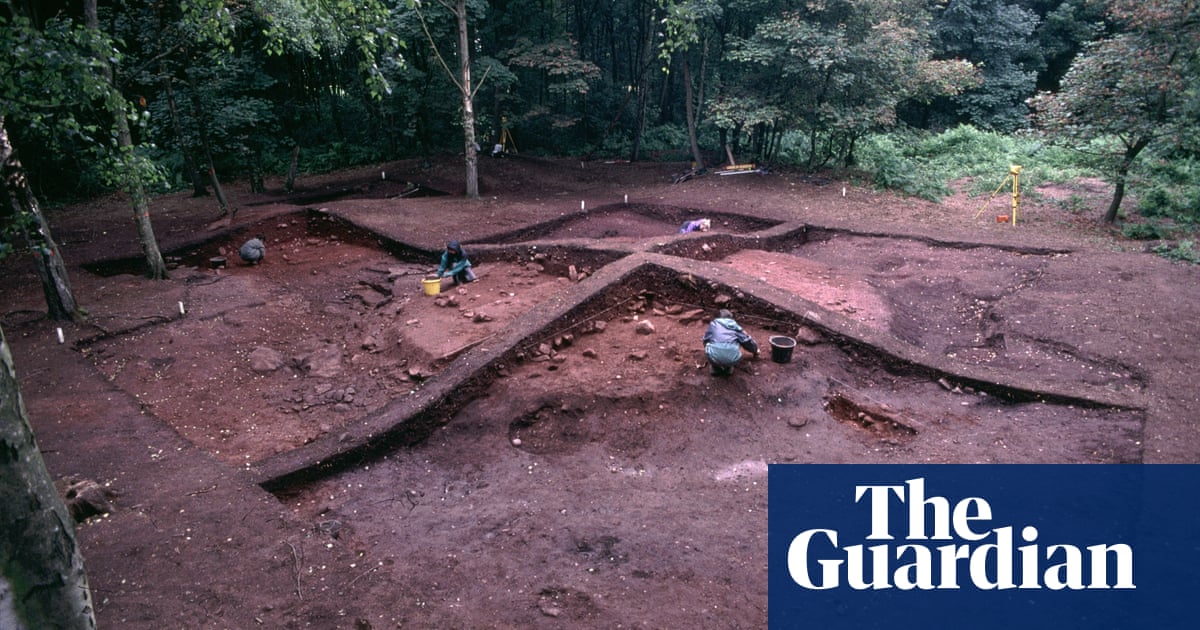
They came from the land of the ice and snow and the midnight sun – but still ended up in some balmy destinations. This is the conclusion of researchers who have discovered evidence to support the idea that the Vikings settled on the clement shores of the Azores several hundred years before the Portuguese arrived in 1427.
Given that the Vikings are usually associated with the frozen north, the claim is startling. Nevertheless, it is based on solid science, says a group of international researchers who recently analysed lakebed sediments in the Azores, an archipelago in the mid-Atlantic.
These were found to be rich in organic compounds that are found in cow and sheep faeces. At the same time, these samples were also found to contain high levels of charcoal but were low in pollen from native trees.
Such a mix strongly suggests early settlers were burning trees to clear land for their livestock to graze on, the researchers argue. However, it was the dating of these samples that has provided the real surprise. The scientists found that they had been deposited sometime between AD700 and 850, several centuries earlier than the date given for the Portuguese arrival on the islands.
“Our reconstructions offer unambiguous evidence for the pre-Portuguese settlement of the Azores,” states the team, who were led by ecologist Pedro Raposeiro, of the University of the Azores, in a paper published in the US journal, Proceedings of the National Academy of Sciences this month.
Around AD700 to 800, wind and weather conditions in the northern hemisphere probably helped settlers from higher latitudes and inhibited those from southern Europe, making it easier for people from the north to reach the Azores, the paper adds. And as for the identity of these settlers, the researchers are emphatic. “These results suggest that the Norse were most likely the earliest settlers on the islands,” it states.
Crucially, Raposeiro’s conclusions are also supported by research by evolutionary biologist Jeremy Searle of Cornell University, who has also argued that Vikings made it to the Azores, though his work is based on a very different biological source. It has focused on the mouse.
“Mice sneak on board ships and are carried round the world by humans,” Searle told the Observer last week. “Where you find humans, you find mice and if you can work out where those mice came from you get an insight to where those humans had their original homes.”
Searle’s studies have revealed that populations of the house mouse, Mus musculus, have different genetic signatures depending on their locality. “By analysing the mitochondrial DNA – which is inherited through the female line – we can tell the difference between mice from different parts of Europe,” he said.
In the British Isles, one distinctive house mouse lineage is found in Orkney, the Isle of Man, the Hebrides, Caithness and parts of Ireland.
“These were all areas of Viking influence and, crucially, when we looked at Norway, we found that mice there carry the same genetic signature,” Searle said.
In short, Searle and his team believe they have pinpointed the Viking mouse and have since looked for signs of its presence elsewhere – and found it in ancient mice remains from Iceland and Greenland, which the Vikings had settled more than 1,000 years ago.
Then, a few years ago, Searle looked at two other locations much further to the south: the Azores and Madeira – and in both places they found mice there carried the same genetic signature as that carried by the Viking mouse. Crucially, they found very few mice that carried genetic signatures like those found in mouse populations in Portugal, whose mariners were also reckoned to be the first to settle on these islands.
“These mice were obviously accidental travellers that were dispersed by Vikings across the Atlantic, to Iceland and Greenland and also the Azores and Madeira, we believe. It shows just how far the Vikings had spread.”
The idea that the Vikings reached the Azores and Madeira before the Portuguese is intriguing. The latter are considered to be the pioneers of the Age of Discovery, in which Europeans explored and colonised the world, and these two destinations were among their very first settlements.
Now it appears Portuguese mariners were merely following the Vikings – and their mice.












